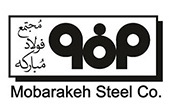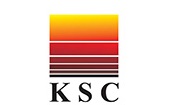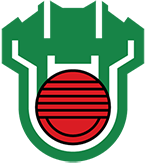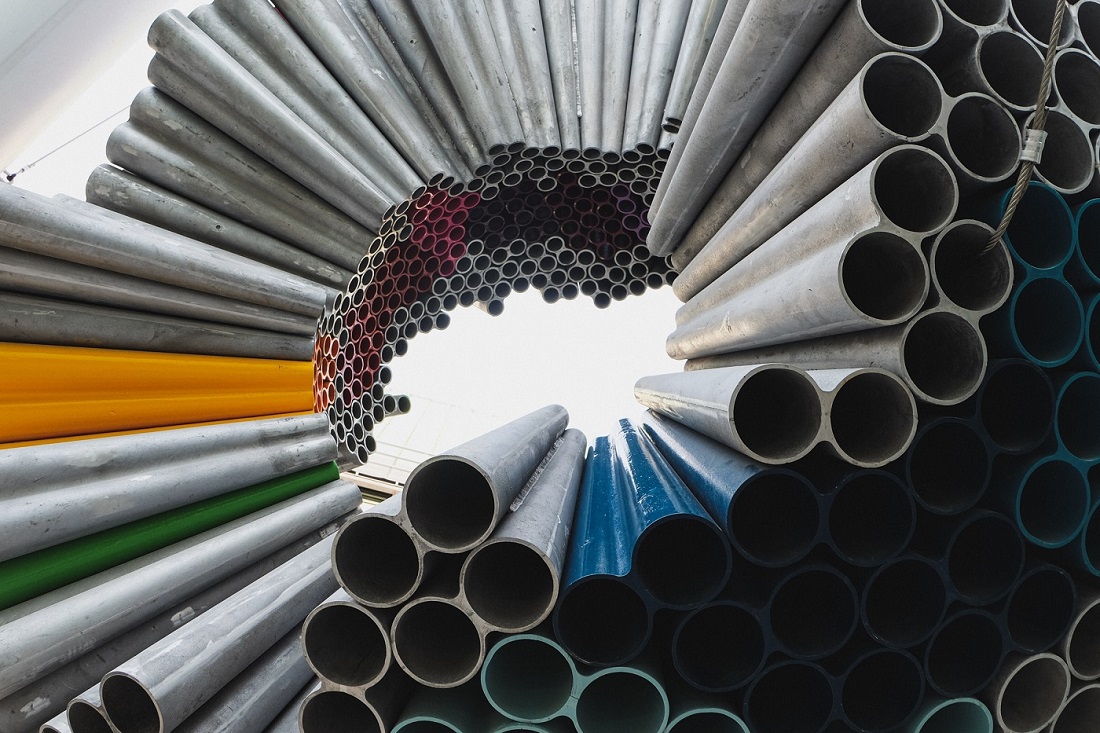
Steel and Iron
This chapter includes materials such as iron alloys, cast of iron, steel,… in various forms such as granules, powder and ingots for different usages. The most common products of this chapter are girders, rebar, hot rolled steel sheet, cold rolled steel sheets and the most exported product to Switzerland is Ferrosilicon.
The use of iron in the world has a long history. Iron is the most widely used metal in the world. Different alloys are emerged from refining iron ore, Steel, iron and cast iron are actually derivatives of iron ore. The main difference between steel and iron is in terms of their construction and the amount of carbon, beside that the main difference between iron and steel can be considered in their anti-corrosion ability, Steel is an anti-corrosion alloy, while iron is not and reacts with oxygen. The most export rate among steel products are sponge rail, intermediate steel, billet and bloom and rebar.
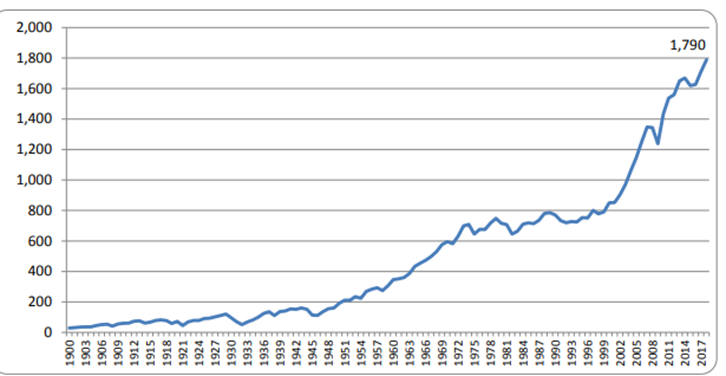
Steel production diagram from 1900 until 2018 (Source: World Iron and Steel Association)
As mentioned, ferrosilicons are one of the main common export products between Iran and Switzerland. Ferrosilicon is a subset of ferroalloys Which contains 60-80% of silicon weight.This alloy is formed by the reduction of silicon of silica rock or silica sand in a situation of melted steel. (Source: Zobiranco.com)
Statistics
According to the trade map statistic website, the total worldwide export amount was 370436859 thousand dollars in 2019. And the largest exporters of steel and iron (in all forms) in the same year were China, Japan, Germany, Korea and Russia, respectively. Iran is the 43rd and Switzerland is the 44th exporter in the world.
Due to the cheapness of iron in Iran, the demand for these products in the global market is high, but sanctions and other economic barriers have prevented this economic potential of being used properly. In 1398 the Ministry of Industry, Mines and Trade of Iran commanded 25% reduction of exports so one of the reasons for the recession are such obstacles. Another reason for export restrictions is the government's obligation to return the export currency to the Nimai system, and the last restriction is the ban of intermediate products export such as steel ingots and slabs by Individuals. According to the customs statistics of the Islamic Republic of Iran, in 1399, Iran exported 24,447,316,602 $ worth of these products to all over the world, which 250,000 $ was exported to Switzerland .The highest rate of exports among the tariffs in this chapter were for 7210 and 72208 code, which are related to flat products, made of iron or non-fused steels, with a width of 600 mm or more, coated, plated or Coated to a width of 600 mm or more, hot rolled, uncoated, plated and uncoated. The worldwide amount of iron and steel import in 2019 was equal to 388,647,496 thousand dollars. The largest importers in 2019 were Germany, the United States, China and Italy, respectively Switzerland is the 38th importer of these products in the world, with imports of 244,1641 $ in 2019, in addition, the import procedure has followed a fixed rate in recent years.
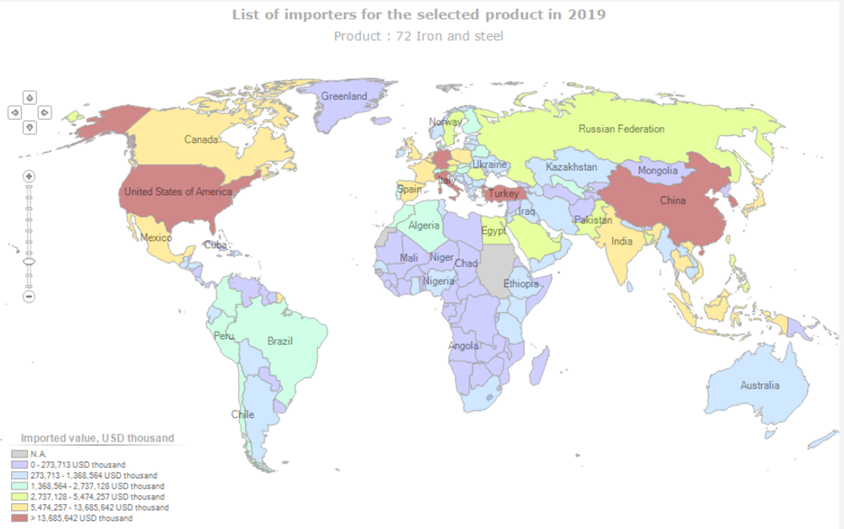
Iron and steel import in the world (Source: Trademap)
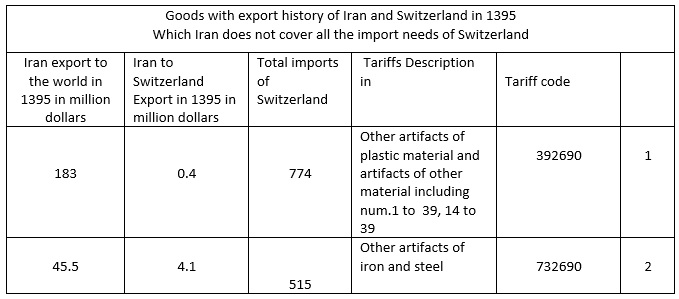
Table of goods with export history of Iran and Switzerland in 1395 that Iran does not cover all Switzerland import needs (source: Switzerland; Trade, Foreign Investment and Industrial Production, Deputy of Economic Studies of Tehran Chamber of Commerce, Industries, Mines and Agriculture)
It is also worth mentioning that the first steel factory in Iran was established in Isfahan in 1351, after the Islamic Revolution with some changes in structure of steel companies and their merger, the National Iranian Steel Company or Nisco (for short) was formed. In the following years the Iranian Mines and Mining Industries Development and Renovation Organization (Imidor) was established , which the national steel company is now subsidiary of. The most important steel producing companies in Iran are: National Iranian Steel Company, Mobarakeh Steel Company, Isfahan Steel Company and Khuzestan Steel Company.
Top producers in Iran
